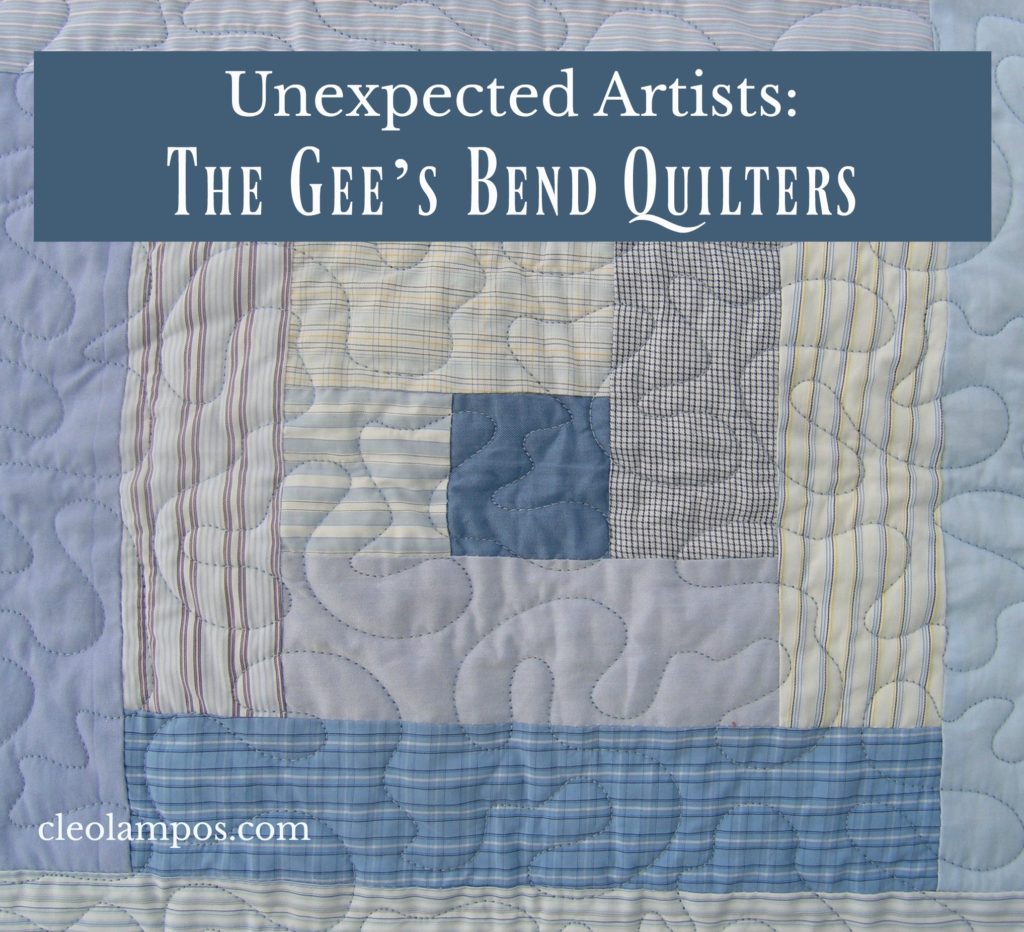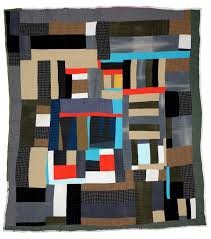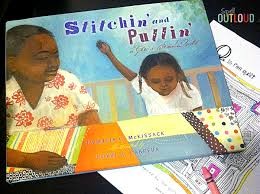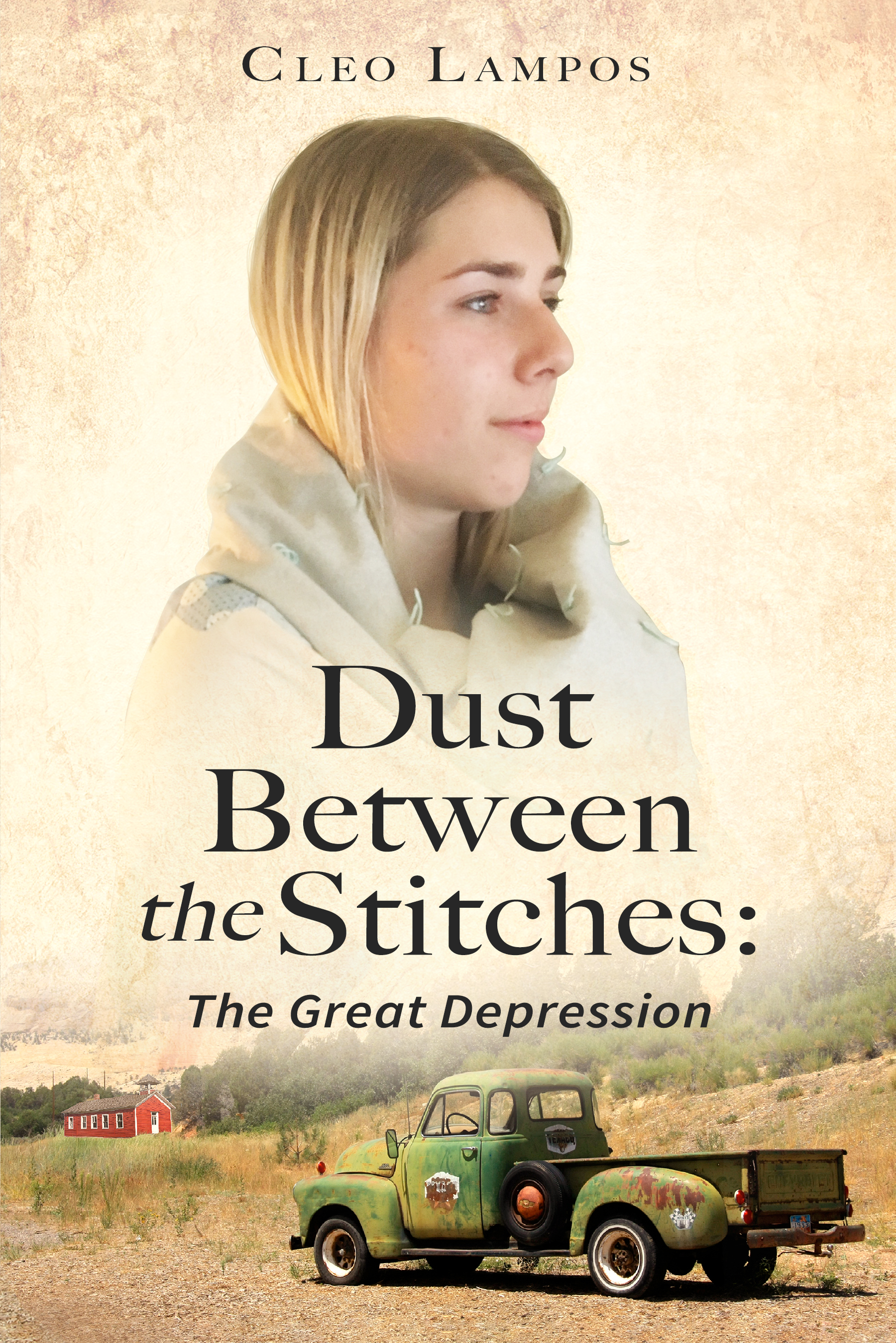“We think of inheriting as land or something, not things that people teach you.”
-Louisiana Pettway Bendolph, Gee’s Bend Quilt Artist

The story of the Gee’s Bend Quilters is a testament to the unexpected.
The community of Gee’s Bend became a geographic location in the most unexpected manner. An isolated hamlet folded in a remote curve of the Alabama River, the 700 people who lived there remained cut off from their nearest town, Selma, until 1967. Then a paved road connected these tenement farmers to the rest of the state. Descendants of slaves, the families lived in small log cabins, raised hogs and chickens, plowed their fields with mules, and picked cotton for a cash crop. Since 1816, when they were brought to the area to work the plantation, life remained static. No electricity, phones, running water or contact with the outside world.
And, oh, yes, the women created quilts.
Unexpected Art

Blocks and Strips Quilt by Mary Lee Bendolph, Gee’s Bend
Unexpected quilts. Unique. Original masterpieces. Referring to a recent exhibit of these quilts, Peter Marzio, the director of the Museum of Fine Arts, Houston, commented: “They expand the sense of what art can be.” Other textile critics agree. “The quilts rank with the finest abstract art of any tradition,” states curator Jane Livingstone. Unexpected praise for women stitching in solitude with roots in American pioneer or African patchwork. It serves as a reminder that creating significant art is not confined to the lonely genius or ambitious M.F.A.’s, but is a gift given to many. Art is part of the daily life of women in traditional societies who work with cloth and clay. They are creating an earthy household atmosphere of closeness and enfolding warmth in a home. The stitchers of Gee’s Bend.
Unexpected Reasons
The reasons for creating the quilts became unexpected, even to the creators. The women originally assembled quilts so their children could snuggle in warm beds within the unheated shacks on cold Alabama nights. Then, in 1941, Arizona Pettway grieved the loss of her father. As a teenager, she took his clothing and hand stitched a quilt from rectangles of faded gray, white, blue and red fabrics. She said to her mother, “I’m going to take his work clothes, shape them into a quilt to remember him, and cover up under it for love.” A memory comforter for lonely Alabama nights.
Other Gee’s Bend stitchers are like Loretta Pettway. She sews from the sheer joy of the creative process, an unexpected addition to the pleasure of seeing torn pieces of old clothes forming lines and stripes of visual energy. “I feel proud. The Lord lead me and guide me and give me strength.”

From the Gee’s Bend Quilter’s Collection in Alabama
Unexpected Fabrics
The fabrics for the works of art are gleaned from unexpected sources. The tradition of patchwork quilting was born of scarcity that salvaged fabric scraps and remnants. Like so many sew-ers, the women of Gee’s Bend did not have access to new cloth. They have become legendary as generations of quilt makers who transformed otherwise useless material into textile art. The worn-out denim work jeans, overalls, and checked or striped shirts from the men attested to seasons of hard labor in the cotton fields. The faded aprons and dress bottoms recently stained with children’s tears, or used as a pot holder provided a visual of a woman’s soul. The feed sacks and flour bags contributed a variety of colors and patterns. The fabric strips cut from these textiles represented the everyday lives of the people. “I just had scraps of what I could find,” explains Loretta Pettway. The women leisurely hand-stitched their work with time to rearrange their patches so their comforters would look pleasing as they served their purpose.
Unexpected Colors
Gee’s Bend quilts resonate with unexpected color combinations. Living in an enclosed society for generations, the trends of fashion did not dictate the hues that these women chose for their creations. As Alev Oguz says, “Art is the journey of the free soul”. The quilters of Gee’s Bend did not follow rules as they relied on their inner promptings. They brought together colors with sharp contrast, exploding the quilt with eye-popping appeal. By blending blocks of hues from a palette of old shirts, and repeating the triangles, squares, diamonds and hexagons, the geometric shapes make the quilts shine.
Guided by a faith in personal vision, the women develop unique artistic voices that are original. Most start with basic forms in the middle, then add on unexpected patterns, startling colors and offbeat rhythms. The result is abstract art that rivals the modern art of Paul Klee, Piet Mondrian and Henri Matisse.
Unexpected Joy
Nobody would blame the women of Gee’s Bend if they wore hang dog expressions. But their reputation is one of quilters who pull stitches with unexpected joy. Their traditional quilting bees are song fests, with the hope of better times and sustaining grace in every voice. Lina Cole met the Gee’s Bend Quilters and explains. “They are incredible Women of great Faith…and very wonderful storytellers. We ended the night singing spiritual songs. Incredible Women of Faith along with being quilters.” In the midst of dire circumstances, the music from mended souls soars into life giving solace.
Unexpected Intuition
The quilters of Gee’s Bend enjoy displaying their crafts on the wooden fences that line the cotton fields. They have discovered how to sprout textile masterpieces from the ordinariness of daily life. In the words of Paul Klee, “There is no substitute for intuition.”
Gee’s Bend Quilts. Get ready for the unexpected.
“I never did like the book patterns some people had. Those things had too many little bitty blocks. I like big pieces and long strips…I work it out, study the way to make it, kind of like working a puzzle. You find the colors and the shapes and certain fabrics that work out right.”
Annie Mae Young, Gee’s Bend Quilt Artist


Picture book by Patricia McKissack about a young girl growing up amongst the quilters of Gee’s Bend, Alabama, and who makes her first quilt.
Main photo credit: https://morguefile.com/p/834207





.jpg)








Very interesting post, Cleo. Where did you find these wonderful quilters? I had no idea that these people even existed.
The tradition of the patchwork quilt was born of scarcity and resourcefulness, arising in times and places where the shortages of cloth called for the inventive salvaging of fabric scraps and remnants. In Gee’s Bend, this recycling practice became the founding ethos for generations of quiltmakers who have transformed otherwise useless material into marvels of textile art. Until the middle of the twentieth century, the majority of quilts from the area were made from worn-out work clothes, a palette of old shirts, overalls, aprons and dress bottoms whose stains, tears, and faded denim patches provide a tangible record of lives marked by seasons of hard labor in the fields of the rural South.